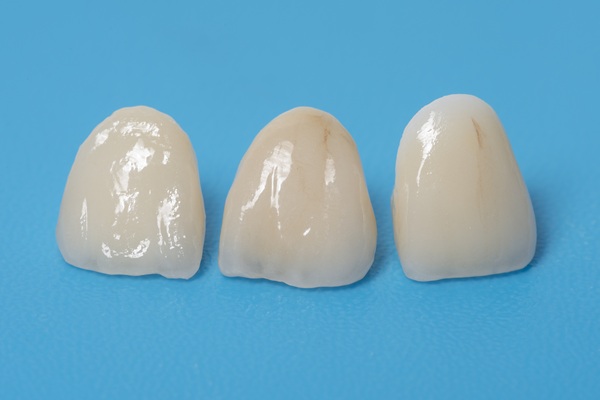Can Emergency Dentistry Preserve a Displaced Tooth?
 A good emergency dentistry professional can provide immediate treatment for your displaced tooth. This type of dental emergency is often caused by trauma, and it is common among adolescents and children. If you want to know how an emergency dentistry professional can save your displaced tooth, here are the details.
A good emergency dentistry professional can provide immediate treatment for your displaced tooth. This type of dental emergency is often caused by trauma, and it is common among adolescents and children. If you want to know how an emergency dentistry professional can save your displaced tooth, here are the details.
Diagnosing the dislocated tooth
Tooth displacement is also called dental luxation. This is when a tooth’s movement veers away from its normal location. Diagnosing this kind of emergency dental problem will involve a short interview with the emergency dentistry professional. They will ask about the dental trauma and the patient’s history. They will inspect the tooth for looseness, tenderness, and sensitivity. The dentist may also order a dental X-ray to see how extensive the damage is.
The types of tooth luxation
Dental luxation, or displacement, can come in various degrees. To determine the type, the dentist will check the patient’s affected tooth and then classify the displacement. Here are the types of tooth luxation to remember:
- Subluxation is when periodontal tissues have an injury. The tooth loosens but remains in its original location. Even so, the tooth may bleed close to the gumline and feel tender when touched.
- Concussion happens when there is an injury to the supportive structures of the tooth. The tooth feels tender to the touch but has not loosened or moved from its original position.
- Intrusive luxation is when the tooth goes into the socket, resulting in alveolar bone fracture. In this case, the tooth is not loose at all.
- Lateral luxation involves the separation of the periodontal ligament and the breakage of the bone that holds the teeth. The tooth is not loose, but it looks like it has moved backward or forward from the gumline.
- Extrusive luxation happens when the periodontal ligament breaks off. The tooth moves out of its own socket, which remains intact. The tooth looks longer and is extremely loose.
The treatments
The treatment for a displaced tooth depends on the type of luxation the patient has. The emergency dentistry provider will always try to stabilize the tooth. Maintaining the health of the pulp is also a priority. Here are the treatments for the mentioned types of tooth displacement:
- The emergency dentistry professional may not treat subluxation at all. The dentist may splint the displaced tooth to the neighboring teeth to help stabilize it. For a year or so, they will check the pulp’s condition and the whole tooth.
- The dentist may also choose not to treat a concussion. They will check the pulp for at least a year.
- For intrusive luxation, the dentist may leave the tooth alone for a while. The dentist will see if the tooth will move back to its place. If the tooth does not do so in a month, there will be surgery to reset its position.
- The dentist will remove the tooth from the socket in a lateral luxation. With the use of forceps, the emergency dentistry provider will reposition the tooth into its socket.
- Treating extrusive luxation will involve cleaning the root with a sterile saline solution. The emergency dentistry professional will then reposition the tooth into its socket.
Emergency dentistry can treat and keep a displaced tooth
Having a luxated tooth can be painful for most people. If you have a displaced tooth from an injury, seeing an emergency dentistry professional is ideal. You will go through a thorough assessment first. From there, the dentist will determine what treatment you must have.
Request an appointment or call Martin Dentistry at 209-299-7907 for an appointment in our Stockton office.
Related Posts
Wondering what a general dentist can do for a broken tooth? Read on to learn more. Having a broken tooth can be destabilizing. The incident can happen after falling, or even eating ice or hard candy. The good news is that a general dentist can address a broken tooth. The extent of the damage will…
If you think you have a dental abscess, you should see an emergency dentist as soon as possible. An abscess is a dental infection that causes pus to collect in or around a tooth. Periodontal abscesses originate from the structures around the tooth, such as the jawbone or gums. Endodontic infections originate from inside the…
An emergency dentist can provide swift treatment for urgent dental issues, allowing patients to enjoy faster relief from pain and other serious symptoms. If an emergency with your teeth, or a loved one's teeth, arises you will likely be scrambling for help. While you should call 911 if a situation seems life-threatening or if other…


